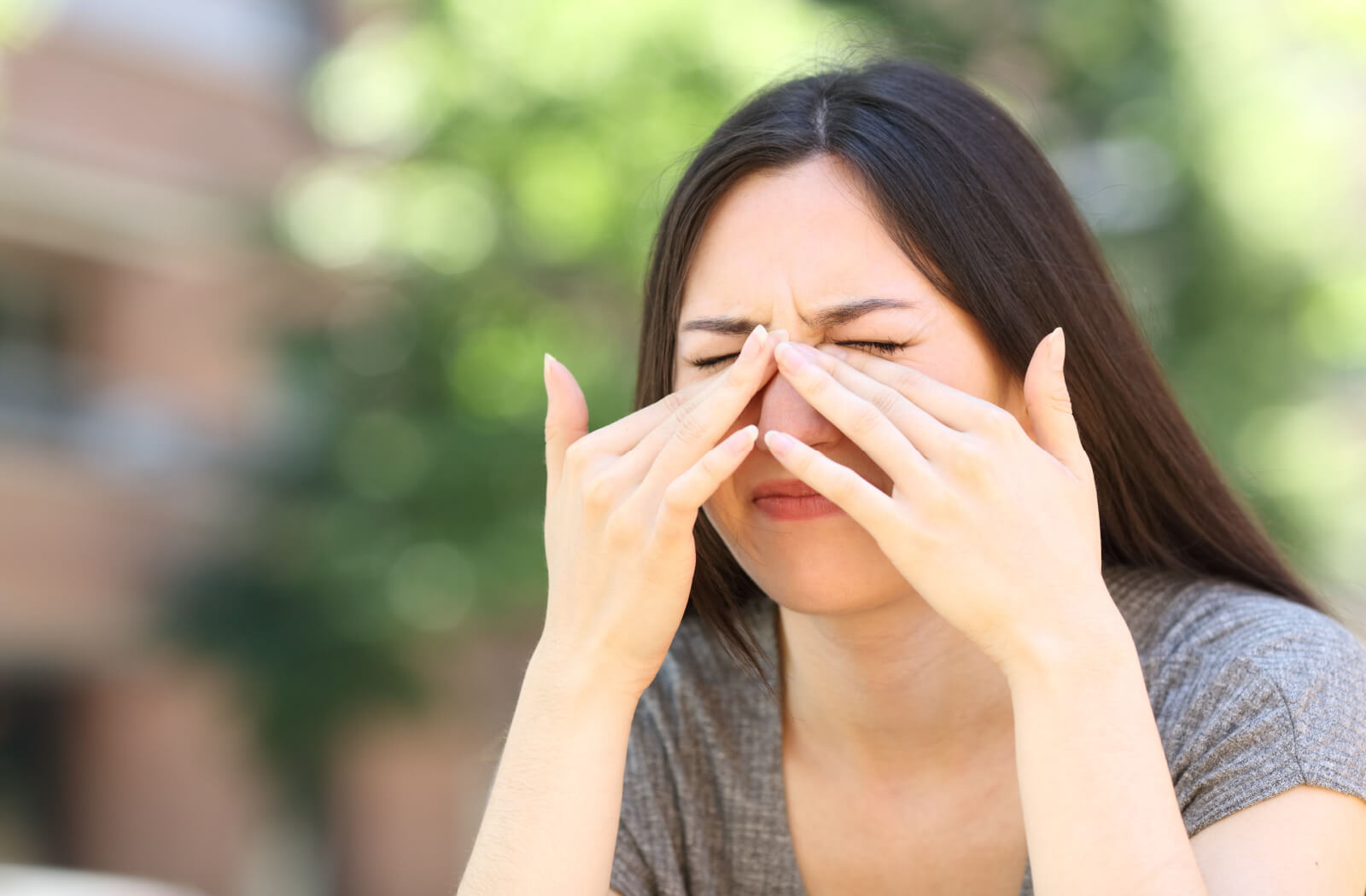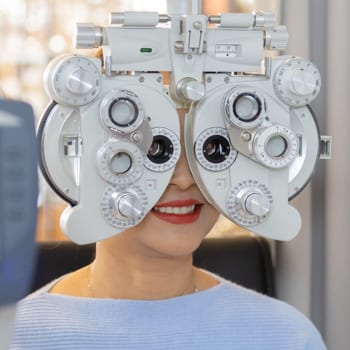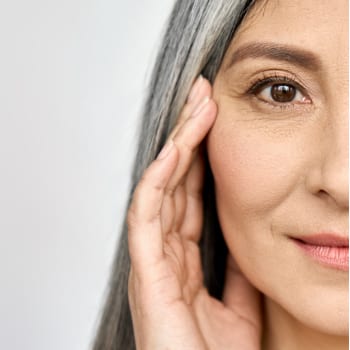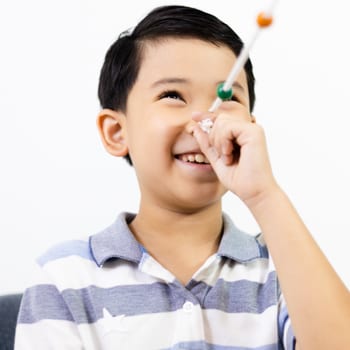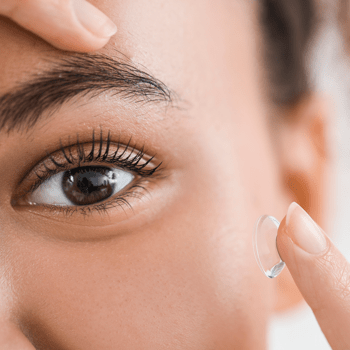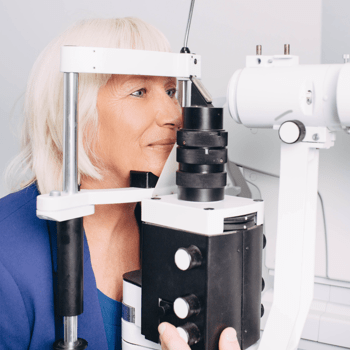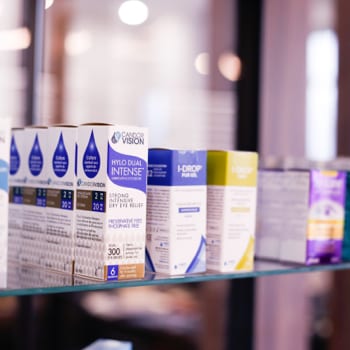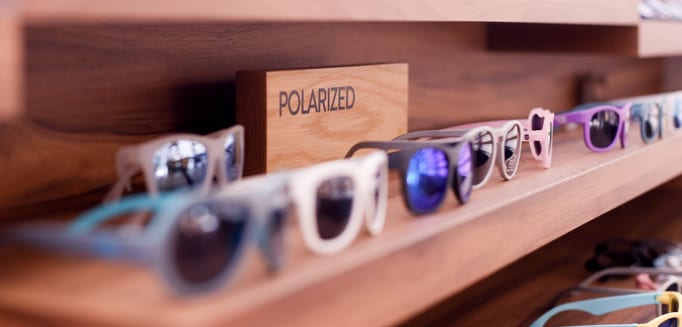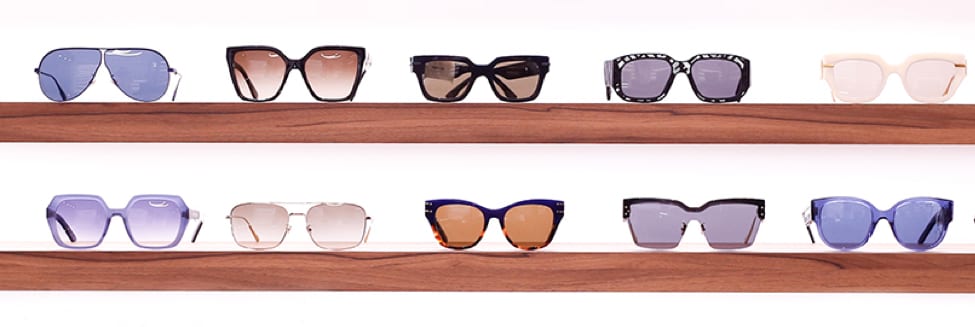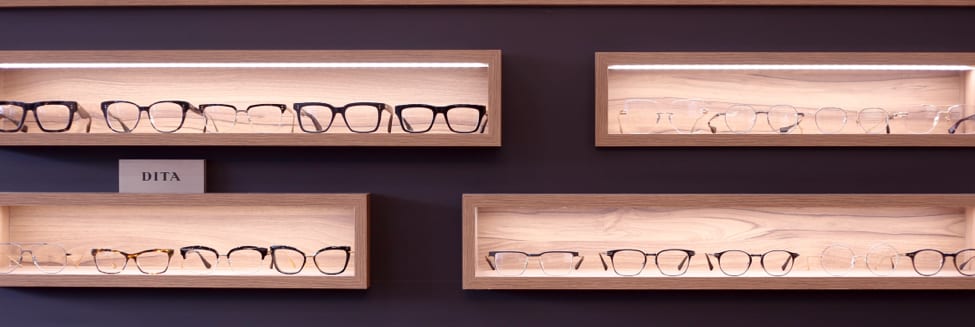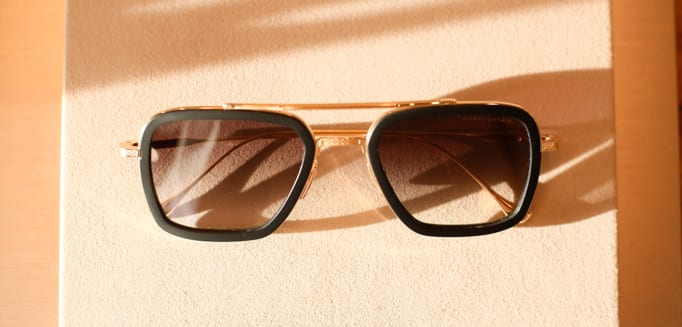Scratchy, irritated, dry eyes can interrupt your day with symptoms that impact your quality of life. But is vision loss a symptom of dry eye?
In rare cases where dry eye is unaddressed by eye professionals, dry eye can lead to vision loss.
The optometrists at Foresee Eyecare can treat your dry eye disease before the symptoms progress to severe issues like corneal damage or infection.
Can Dry Eye Cause Vision Loss?
Most dry eye cases cause annoying but reversible symptoms, including:
- Burning
- Stinging
- Sensitivity to light
- Redness
- Overwatering of the eyes
- General discomfort
In more severe cases of dry eye, the cornea, the transparent dome on the eye’s surface, gets starved of nourishment leading to damage. Corneal damage can be responsible for blurry or cloudy vision but can also lead to vision loss.
Chronic, untreated dry eyes can result in corneal ulcers or an open sore on the cornea. Corneal ulcers are emergent. If you suspect your cornea is damaged, you should seek care immediately. Some signs of corneal ulcers overlap with symptoms of dry eye, but unrelated indications include:
- White spots on your cornea
- Eye pain
- Inflammation and swelling
- Pus or discharge
The tear film hydrates your eyes, washes away particles and debris, and can help prevent eye infections. With dry eye disease, you risk developing eye infections from scratches that scar the cornea and cause ulcers. If ignored, you’re at risk of temporary or permanent vision loss.
Preventing Dry Eye
Chronic dry eye is increasingly common and is becoming more widespread, but some factors make developing dry eye more likely for some than others.
- Adults over 65 can experience dry eyes through natural aging
- Hormonal changes associated with hormone replacement therapy, pregnancy, menopause, and birth control increase the risk of developing dry eye
- Younger people are experiencing dry eyes more than ever given increased screen time, which is associated with reduced blinking and tear production.
- Medications such as antihistamines, decongestants, and antidepressants can affect tear production
- Medical conditions like diabetes, thyroid issues, rheumatoid arthritis, and blepharitis can elevate the risk of dry eye
- Environmental conditions like wind, smoke, arid environments, and computer use can exacerbate dry eye symptoms
By applying preventative habits, you can counteract some of these factors and limit your chances of experiencing dry eye.
- Add moisture in the air with a humidifier and avoid direct air blowing in your eyes from air conditioners, fans, or car heaters
- Take breaks when doing single-focus tasks like computer or screen work, intense reading, or highway driving for long distances
- Ensure you’re getting enough vitamin A and omega-3 fatty acids through your diet or supplements
- Use artificial tears routinely or as recommended by your eye doctor.
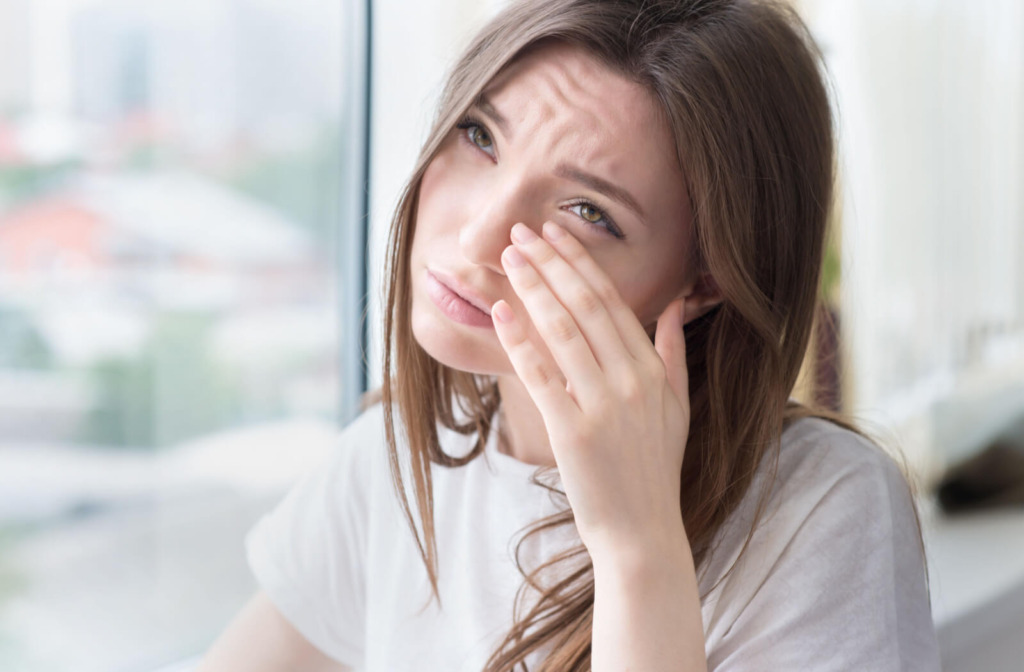
How to Treat Dry Eye
With the increasing prevalence of chronic dry eye, new, advanced treatment methods have emerged to offer long-term solutions to evaporative dry eye, or meibomian gland dysfunction—the leading cause of dry eye.
While simple home remedies like artificial tears, warm compresses, limiting screen time, and using a humidifier are effective, they treat dry eye symptoms, but they can still return.
Foresee Eyecare offers effective and safe in-office treatments addressing ocular structures and bringing long-lasting relief.
MiBo Thermoflo
Using ultrasound gel, the device is placed over the eyelids and massages the tissue with gentle heat to liquefy oil blockages in the meibomian glands. This non-invasive treatment can provide immediate relief and, as an added benefit, feel relaxing.
Intense Pulsed Light Therapy (IPL)
Precisely calibrated light pulses can target inflamed tissue causing your meibomian gland dysfunction and break down oil buildup. It’s a safe, gentle procedure that treats dry eye symptoms at their core, has no downtime following the procedure, and it’s a quick therapy you can fit in during your day.
Radiofrequency Treatment
Radiofrequency (RF) lasers have long been used in the aesthetics industry to target wrinkles and fine lines. Now, RF technology has the added benefit of managing dry eye symptoms.
ZEST Eyelid Debridement
Zocular Eyelid System Treatment, or ZEST, uses a cleanser-like product to exfoliate and clean the eyelids as well as wash away bacteria that can block your oil-producing meibomian glands.
Warm Compresses
Medical grade warm compresses can be used as moisture warm pads to help improve your own tear quality and reduce give of oil blockage and styes.
Gain Relief from Your Dry Eyes
Dry eye therapies at Foresee Eyecare treat dry eye at the origin of meibomian gland dysfunction. Visit our optometrists for a dry eye assessment, and we can recommend a treatment for your one-of-a-kind eyes.

